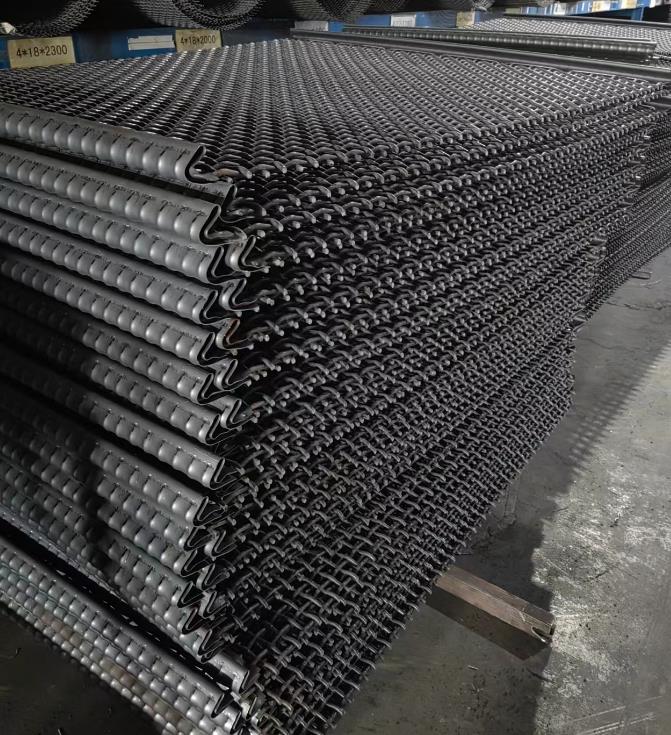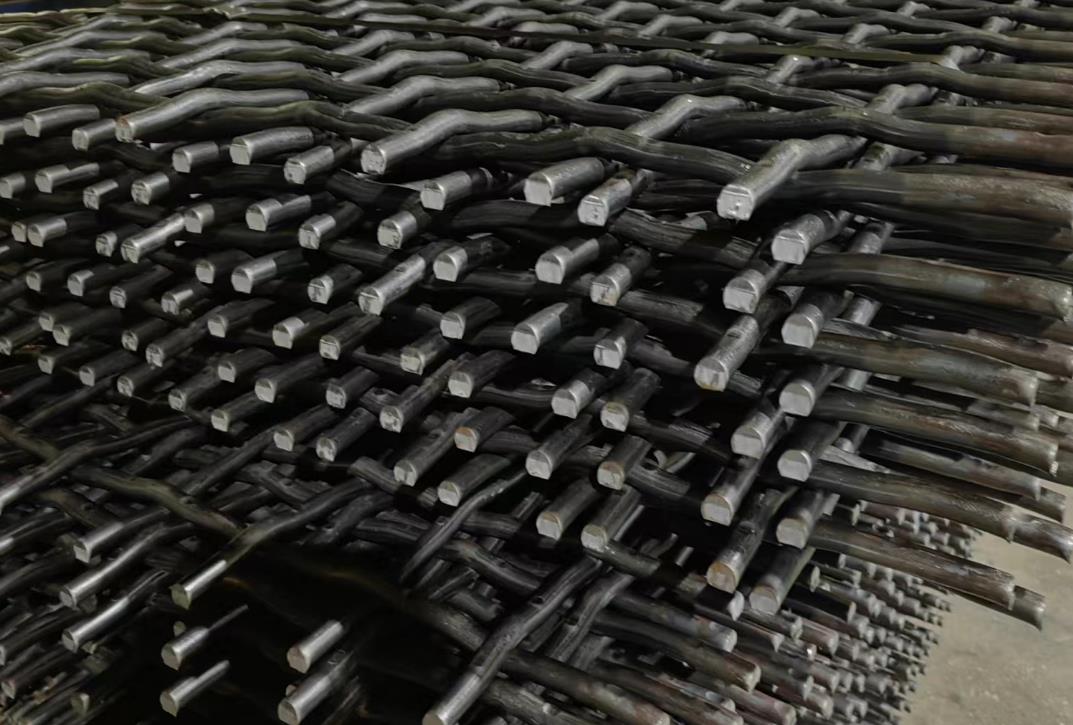What are the applicable industries for manganese steel screens?
Manganese steel screens are mainly used in harsh working conditions such as impact, extrusion, and material wear The main form of damage is wear and tear
Manganese steel screens are mainly used in harsh working conditions such as impact, extrusion, and material wear. The main form of damage is wear and tear, with partial fracture and deformation. Wear is divided into three types: friction wear between metal component surfaces in contact and movement; abrasive wear from other metal or non-metal materials hitting the metal surface and erosion wear caused by contact between flowing gas or liquid and metal. The wear resistance of wear-resistant steel ore screens depends on the material itself, while wear-resistant steel ore screens show different wear resistance under different working conditions. Both the material itself and the working conditions can determine its wear resistance. Cast wear-resistant steel and wear-resistant steel are mainly austenitic manganese steel. Under certain conditions, low-alloy steel ore screens that have been properly heat treated also have good effects. Graphite steel is used for lubricating friction working conditions.

Manganese steel screen is particularly suitable for impact abrasive wear and high stress grinding abrasive wear conditions. It is often used to manufacture ball mill liners, hammer crusher hammers, jaw crusher jaws, cone crusher mortar walls, crushing walls, excavator bucket teeth, bucket walls, railway turnouts, tractor and tank track shoes and other impact and wear resistant castings. High manganese steel ore screen is also used for: bulletproof steel plates, safe steel plates, etc. High manganese steel ore screen is a typical wear-resistant steel, and the cast structure is austenite plus carbide. After water quenching at about 1000°C, the structure is transformed into a single austenite or austenite plus a small amount of carbide, and the toughness is improved. Therefore, the ore screen is called water toughness treatment. The most important feature of high manganese steel ore screen is that under strong impact and extrusion conditions, the surface layer undergoes work hardening rapidly, so that it still maintains the good toughness and plasticity of austenite in the core while the hardened layer has good wear resistance. This is beyond the reach of other materials. However, the wear resistance of high manganese steel ore screen only shows its superiority under conditions sufficient to form work hardening, and it is very poor in other cases. The standard Mn13 high manganese steel ore screen, also known as Hadfield steel, was invented by the British Hadfield in 1882. Its relevant national and international standards are as follows. The typical Mn17 wear-resistant high manganese steel ore screen is based on Mn13 steel and increases the manganese content, which improves the stability of austenite and prevents the precipitation of carbides, thereby improving the strength and plasticity of the ore screen steel, and improving the work hardening ability and wear resistance of the steel.

Manganese steel ore screen is mainly used for harsh working conditions such as impact, extrusion, and material wear. The damage form is mainly wear and tear, partial fracture and deformation. Wear is divided into three types: friction wear between metal components and movement; abrasive wear of other metal or non-metal materials hitting the metal surface and erosion wear caused by contact between flowing gas or liquid and metal. The wear resistance of wear-resistant steel ore screen depends on the material itself, and the wear resistance of wear-resistant steel ore screen varies under different working conditions. The material itself and the working conditions determine its wear resistance. Cast wear-resistant steel and wear-resistant steel are mainly austenitic manganese steel. Under certain conditions, low alloy steel ore screens that have been properly heat treated also have good effects. Graphite steel is used for lubrication and friction working conditions.



